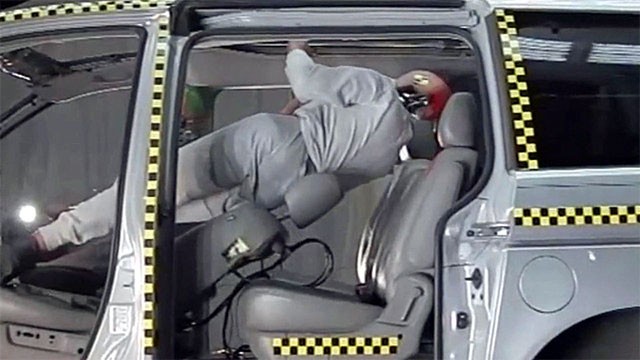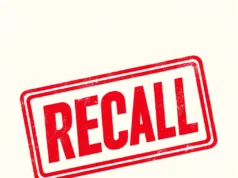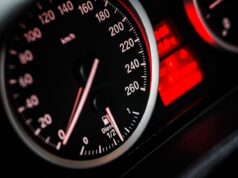
Today we’d like to discuss another serious automobile safety defect: seats which fail or break due to the force of a car accident.
This article follows a recent case in which a jury in Texas awarded more than $124.5 million against an automaker for a problem that manufacturers claimed would only take a couple dollars to repair.
We will provide information on the exact nature of this problem, some of the vehicles that have been known to have the problem, and what you can do if you’ve been injured as a result of a seatback failure.
Overview
CBS News conducted an investigation during which they obtained crash test videos. The videos showed that when certain cars were rear-ended, both the driver and passenger seats could collapse backwards and push the occupants into the area of the backseat or crush backseat passengers.
The results seem to be in violation of what the National Highway Safety Administration has always recommended: children are safest when they sit in the back seat. The investigation by CBS News revealed even though seatback collapses can be catastrophic for the drivers, children suffer the worst injuries, sometimes even wrongful death.
The Association for the Advancement of Automotive Medicine (AAAM) conducted a small study in 2008 that was reviewed by the National Highway Traffic Safety Administration (NHTSA). What it discovered was that the risk of injury was doubled for children when the seat in front of where they were sitting collapsed or otherwise became deformed during a crash. A total of seventy-one percent (71%) of the collisions in the study involved children who were seated behind an occupant, and in eight percent (8%) of cases, the deformation of the seat posed an actual threat to the child.
The investigation by CBS News revealed over 100 people who had been severely injured or killed because of apparent seatback failures since 1989. Most of these cases involved children, and over the past fifteen years alone, seventeen known deaths have resulted.
Vehicles Known to Have Seatback Collapse Problems
In one recent case (mentioned at the beginning of this article), an 11-year-old boy was seated behind his father in an Audi sedan when a rear end collision launched the father into his son when it broke. The incident resulted in permanent brain damage, loss of some eyesight, and partial paralysis. The family sued Audi, and the jury assigned responsibility as follows: 55 percent to the car’s manufacturer, 25 percent to the driver who rear-ended them, and 20 percent to the driver of the Audi due to the fact he was not wearing a seatbelt and the child was not in a booster seat.
While the NHTSA has previously been reluctant to upgrade the current standards, BMW, Mercedes-Benz, and Volvo have taken it upon themselves to strengthen their seats. Other cases that involve seatback failure include:
- A five-year-old who died when the front seat of a Buick Century collapsed into the back seat, where the child sat, when it was rear-ended by a pickup traveling approximately 24 mph.
- A seven-year-old died when the mother’s Ford Escort was rear-ended while they were traveling at 25 mph.
- Ford recalled 230,000 Freestar and Mercury Monterey minivans in March 2013. These models were equipped with third row seats that had the potential to loosen due to rust issues.
- Tesla recalled Model S vehicles in June 2013 because of defective rear seat latches that allowed movement of the seat during a collision.
- Tesla also recently recalled Model X SUVs in April of 2016 because of defective rear seat latches that allowed the seat to fold during a collision.
- Nissan recalled 11,000 2012 Juke crossovers because of incomplete welding that allowed the rear seatback to loosen during a collision.
Unfortunately, this is not a complete list. Many manufacturers have faced product liability lawsuits as a result of a failing seat latch, and we will likely see many more until the issue is addressed by safety regulators such as the NHTSA.
These issues show there is obviously a need to improve current standards for vehicle seats. Safety advocates do still say that children are safer in the back seat since rear-end collisions, for the most part, do not frequently result in seat failure.
If you have been in an accident where a seatback failure has contributed to the severity of an injury, your best course of action is to consult with an experienced product liability lawyer in your area to determine what options are available to you.







